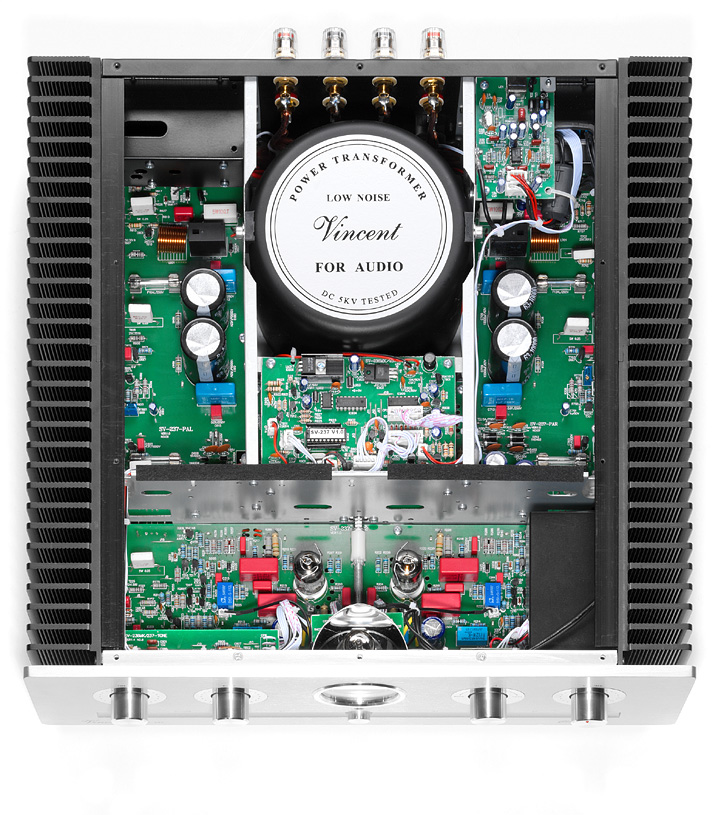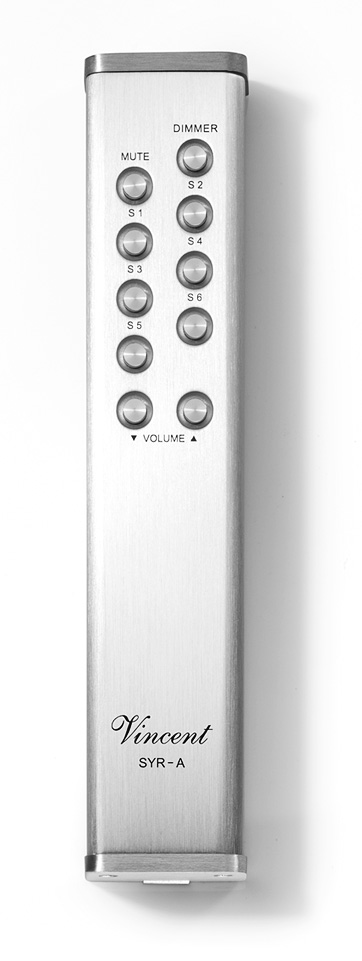
Whether the Vincent can drive even critical loudspeakers was to be investigated in the listening test on the Isophon Vieta, highly acclaimed among experts. Two woofer chassis transferred into the interior – according to the bandpass principle – release their bass waves through a slot on the front face. Laterally mounted extra drivers contribute to an enhanced spatial imaging. The Vieta unfurls its full qualities on powerful, load stable amplifiers. And the Vincent was tailor-made for this purpose, as was demonstrated in the listening test. The most striking aspect of the interaction between Vincent and Vieta was a stoic calm in the sound image.
Dynamic Contemporary
Rock-solid and three-dimensional: the SV-237 perceptibly nailed the players to their seats as they had been assigned by the sound engineers. Another fascinating aspect was the boisterous dynamics the Vincent was serving to translate every whatsoever small level change. Those were at least the first impressions of the classical check with the Faust Symphony, performed under Eliahu Inbal. With this CD recorded in 1992 the Denon label had opted for the so-called »One Point Recording«, a recording technology with no supports and only two omnidirectional microphones. Hence an assembly which captures instruments among themselves particularly well-balanced. For example, when in the last movement the final choir sets in with lines from Goethe’s Faust part two and the orchestra is widely swirling around the voices, the Vincent was tracing the room and stage almost visually, neatly separating the orchestra from the singers and conceivably buttressing the tenor with the reverb portions from the recording venue, the Berlin Schauspielhaus.
The SV-237 euphemised nothing, but embezzled not a bit of the fullness, the turbulent force and the frequency range of the orchestra, either. Every detail was clearly audible, and even in the biggest orchestra turmoil the overlaid organ did not go under.

